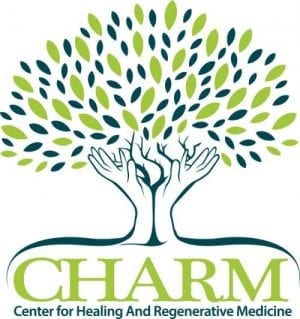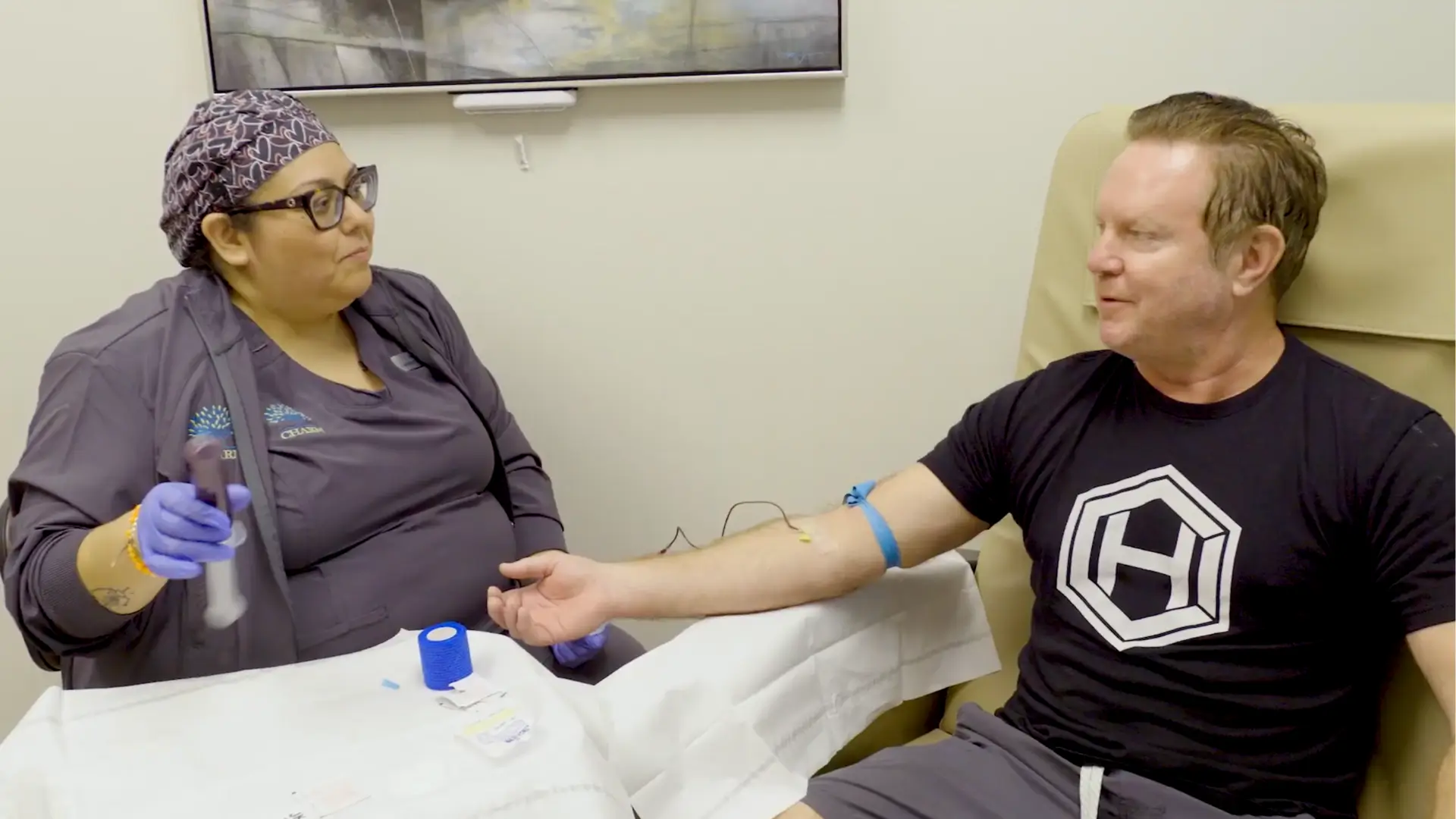You’ve been dealing with nagging joint or tendon pain for weeks—maybe months. It’s interfering with your workouts, slowing you down at work, or making sleep a nightly challenge. You’ve heard about PRP therapy—maybe from a friend or your doctor—and it sounds promising.
But like most people considering a newer treatment, one of your first questions is: How much does it cost?
Whether you’re exploring PRP therapy for chronic tendon injuries, joint arthritis, or a sports-related issue, understanding the price tag is essential to making an informed decision.
What Is PRP?
Platelet-rich plasma (PRP) therapy is a regenerative treatment that uses the healing properties found in your own blood to support tissue repair and recovery. After a standard blood draw, your sample is processed to concentrate the platelets—tiny cell fragments packed with growth factors. These growth factors are crucial in stimulating the body’s natural repair mechanisms.
PRP is commonly injected into injured or degenerated joints, tendons, ligaments, or soft tissue This process accelerates healing and promotes long-term functional improvement. It’s frequently used to treat conditions like osteoarthritis, tendinopathies, and sports injuries—often providing relief when other conservative measures have fallen short.
All PRP injections at CHARM are processed on-site in our advanced biologics lab. Having this capability in-house allows for greater precision, quality control, and optimal therapeutic cell counts, ensuring that each patient receives high-quality PRP in a streamlined, same-day procedure guided by imaging for accuracy.
Factors That Influence PRP Injection Costs
The cost of PRP injections isn’t the same for everyone. Sometimes a single factor—such as the number of sessions needed—drives pricing. In other cases, it’s a combination of variables.
Some key factors that can affect what you pay for PRP therapy include:
- Kit Quality: Not all PRP is created equal. High-quality kits maximize platelet concentration and purity, which may affect cost.
- Preparation Method: More advanced preparation methods often come at a higher cost but can deliver stronger results. In-house lab processing produces the highest yield and PRP quality possible.
- Physician Expertise: Expertise in musculoskeletal medicine and image guidance ensures accurate placement and the best chance for healing. This can also influence cost.
- Comprehensive Services: Some clinics may charge more if they perform the evaluation, imaging, biologics preparation, and guided injection all in one visit.
- Condition(s) Treated: Treating a minor tendon injury may require less preparation than addressing a larger joint or multiple problem areas, which can influence price.
- Number of Sessions: While some patients achieve improvement with a single injection, others may need multiple sessions for optimal results, adding to the overall cost.
- Clinic and Location: Practices with specialized labs—like CHARM’s in-house biologics lab—may charge more, but they also deliver more care and consistency.
Average Cost of PRP Injections
The average cost of a single PRP injection can range greatly, depending on the previously listed factors. PRP therapy is also not usually covered by insurance, which is what leads to some of the significant price variation between clinics. And while some clinics may offer lower PRP injection costs, it’s essential to prioritize quality in preparation and medical oversight.
PRP Injection Costs vs. Traditional Treatments
When weighing PRP injections against more traditional treatments, cost is only one piece of the decision. Patients should also consider:
- Insurance Coverage: Insurance often covers traditional options like steroid injections or medications, while PRP is typically an out-of-pocket investment.
- Duration of Relief: Steroid injections may provide quick but temporary pain relief, whereas PRP aims to stimulate healing for more lasting improvement.
- Underlying Cause vs. Symptom Management: Many conventional treatments manage pain and inflammation, but don’t address tissue repair.
- Long-Term Value: While PRP can carry a higher upfront cost, its potential for sustained results may reduce the need for repeat treatments or ongoing medication use.
- Personal Health Goals: Patients seeking a more regenerative, minimally invasive option often view PRP as a worthwhile investment in long-term function and mobility. It is critical to understand that if the regenerative need is greater and PRP mixed with BMAC or Platelet Lysate is needed to provide best patient outcome, the cost will rise.
Schedule Your PRP Injection Consultation Today
PRP injection costs can vary, but the actual value lies in the quality of the biologic preparation, the skill of the clinician, and how well the treatment is integrated into your overall care plan. With CHARM’s in-house biologics lab and experienced team, patients receive precise, high-quality PRP therapy to support long-term healing.
If you’re ready to explore whether PRP is the right solution for your pain, schedule a consultation with CHARM today to take the next step toward lasting relief by unlocking your body’s potential.

